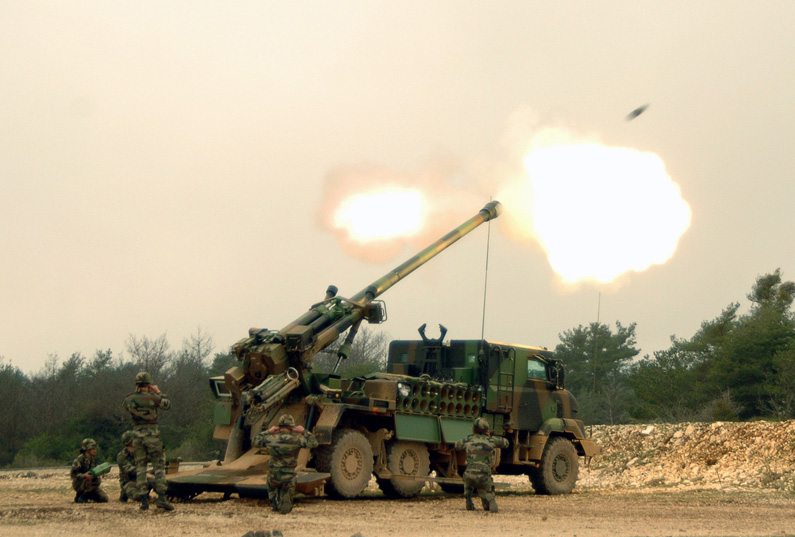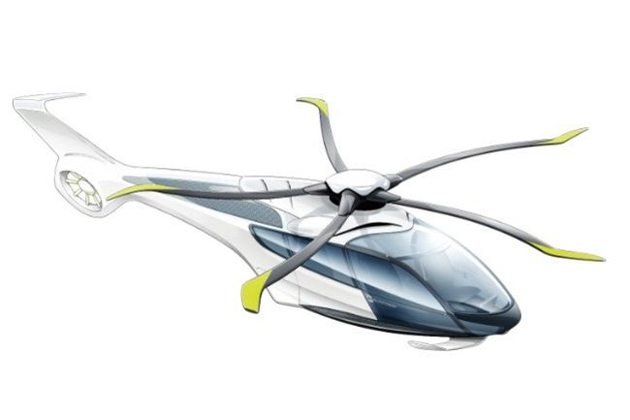The artillery equipment procured / upgraded in the past two decades includes Pinaka Rocket System; Smerch Rocket System; BrahMos Missile System and Upgradation of 130mm gun to 155mm/45 calibre.
Procurement of new-generation artillery is in consonance with Artillery Profile 2027. This profile has a mix of 155mm/39 calibre, 155mm/45 calibre and 155mm/52 calibre gun system.
Modernization of Armed Forces is an ongoing process. Chief of Army Staff apprises the status to the Government from time to time. The Army follows a philosophy of having a mix of legacy equipment, equipment with matured technology and state-of-art equipment. The guns presently held with Air Defence are not of World War II vintage nor the ammunition levels are low to the levels reported in media. However, some deficiencies do exist in some categories of ammunition. Divulging further details would not be in the interest of national security.
Modernization of Army is undertaken on a continuous basis which entails the replacement/upgradation of equipments of older technology. Presently, a number of proposals for upgradation of the existing Air Defence Guns and procurement of ammunition are at various stages of implementation/procurement.
Modernization of the Armed Forces is a continuous process based on threat perception, operational challenges, technological changes and available resources. The process is based on a 15 year Long Term Integrated Perspective Plan (LTIPP), five year Services Capital Acquisition Plan (SCAP) and Annual Acquisition Plan (AAP). These plans also cater for the Northern/Chinese borders.
The LTIPP 2012-2027 for the Armed Forces has been finalised and duly approved by the DAC on 02 April 2012. The five year Defence Plan has also been formulated.
The Defence Procurement Procedure (DPP) seeks to achieve the highest degree of probity, public accountability and transparency in operations. In order to promote transparency, the issue of Request to Information (RFI) has been made mandatory to provide advance information and encourage a wider Vendor base. Besides, signing of pre-contract integrity pact in procurement cases of the estimated value exceeding Rs.100 crore is also mandatory as per the procedure.
The allocation for capital outlay of Defence Services under BE 2011-12 was Rs.69,198.81crore. This was revised to Rs.66,143.81crore by Ministry of Finance at RE 2011-12 stage.
The accounts for financial year 2011-12 are not yet finalized. However, the total allocation of Rs.66,143.81crore is expected to be fully utilized.
No shortfall in capital expenditure against the revised allocation is anticipated.
Funds allocated for capital acquisition have been utilized in line with the planned Defence requirement and projections of the Armed Forces.
The operational preparedness of the Armed Forces continues to remain at the desired level and in a state of readiness to meet any eventualities. Shortage of any weapons/ammunition, as and when reported, is adequately addressed through indigenous production and import. The Ministry has been persistently making endeavors to address any deficiencies reported, to ensure that the Defence Forces remains equipped with necessary weapon systems at all times. Divulging any further detail may not be in the interest of National Security.
Government is closely watching all activities in the border area and reviews the threat perception regularly. Required measures have been initiated for strengthening, optimizing and modernizing our force structure including military bases as well as infrastructure development in consonance with our threat perception to secure our borders.
Government has identified strategically important border roads for development along the India-China Border. As per a long term perspective plan, other roads and strategic railway lines have been identified for development along the India-China and India-Pakistan borders.
This information was given by Minister of Defence Shri AK Antony in a written reply to Shri P. Rajeeve, Shri KN Balagopal, Thaawar Chand Gehlot and others in RajyaSabha today.











